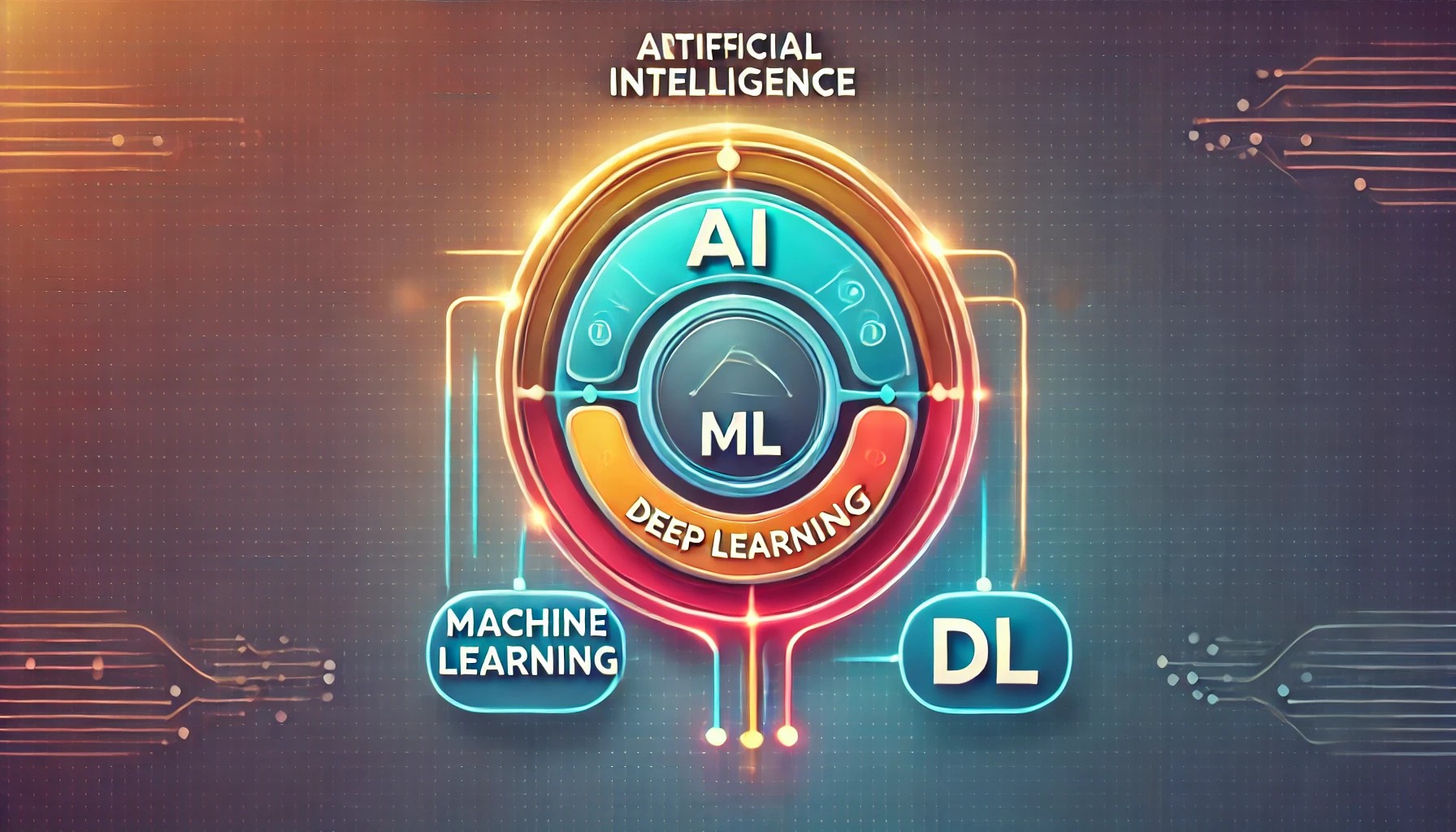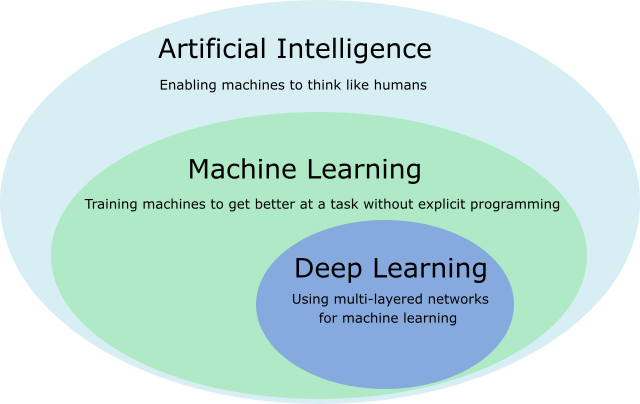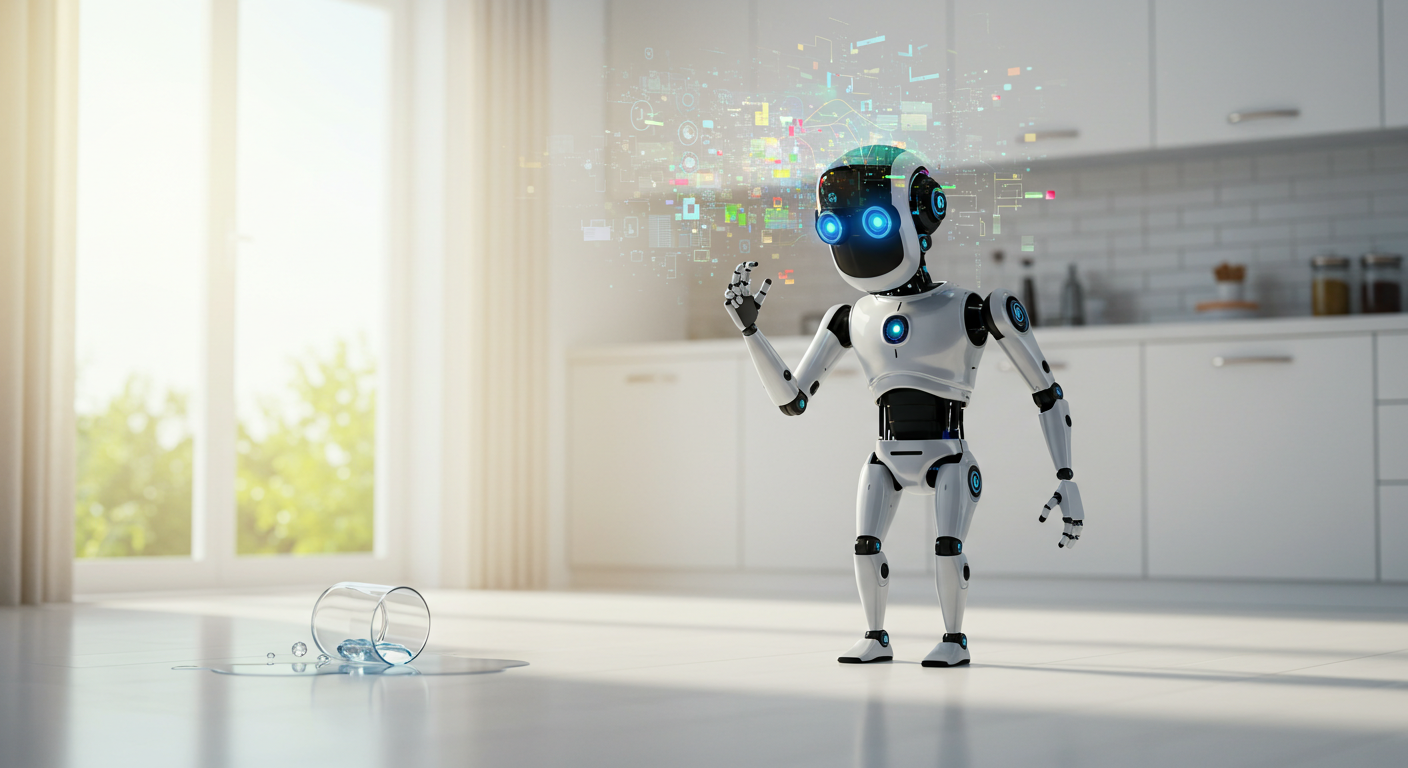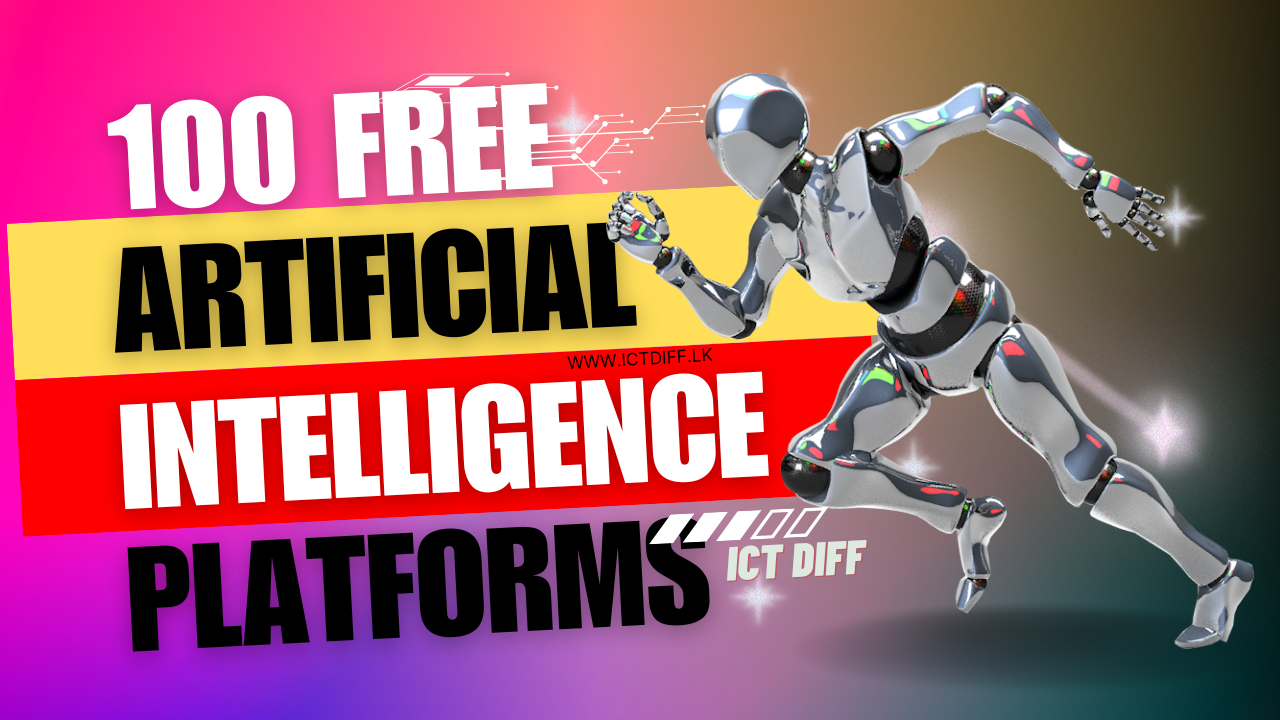AI vs. Machine Learning vs. Deep Learning: What’s the Difference?

Artificial Intelligence (AI), Machine Learning (ML), and Deep Learning (DL) are buzzwords that dominate tech conversations today. But what do they mean? If you’ve ever felt confused about how these terms relate or are different, you’re not alone.
This guide will break down AI, Machine Learning, and Deep Learning in simple terms. You’ll learn how they connect, how they differ, and why these distinctions matter. By the end, you’ll be able to explain these concepts to anyone—no tech jargon required!
Let’s Start with the Basics
What is Artificial Intelligence (AI)?
Artificial Intelligence (AI) is the broadest concept of the three. It refers to machines or systems that mimic human intelligence to perform tasks like reasoning, problem-solving, learning, and decision-making.
Key Characteristics of AI:
- Can simulate human thinking or behavior.
- Doesn’t require explicit programming for every task.
- Examples: Chatbots, self-driving cars, and recommendation systems.
Types of AI:
- Narrow AI: Specialized in one task (e.g., Siri, facial recognition).
- General AI: Hypothetical systems that can perform any intellectual task like a human (still science fiction).
What is Machine Learning (ML)?
Machine Learning (ML) is a subset of AI focused on enabling machines to learn from data without being explicitly programmed. Instead of following rigid rules, ML systems improve their performance over time by identifying patterns in data.
Key Characteristics of ML:
- Relies on algorithms to analyze data and make predictions.
- Requires structured or labeled data for training.
- Examples: Spam filters, Netflix recommendations, and fraud detection.
Types of Machine Learning:
- Supervised Learning: Learned from labeled data (e.g., classifying emails as spam/not spam).
- Unsupervised Learning: Finds patterns in unlabeled data (e.g., customer segmentation).
- Reinforcement Learning: Learns through trial and error with rewards/punishments (e.g., game-playing AI).
What is Deep Learning (DL)?
Deep Learning (DL) is a subset of Machine Learning inspired by the structure of the human brain. It uses artificial neural networks with multiple layers (“deep” networks) to analyze complex data like images, speech, and text.
Key Characteristics of Deep Learning:
- Excels at processing unstructured data (e.g., photos, audio).
- Requires massive amounts of data and computational power.
- Examples: Facial recognition, voice assistants like Alexa, and medical image analysis.
How Neural Networks Work:
Imagine teaching a child to recognize a cat. You show them thousands of cat pictures, pointing out features like whiskers, ears, and tails. Deep Learning works similarly—neural networks process data through layers, extracting features until they can accurately identify patterns.
The Relationship Between AI, ML, and DL
Think of AI, ML, and DL as a set of Russian dolls:
- AI is the biggest doll (the broadest concept).
- ML fits inside AI (a specialized approach to achieving AI).
- DL fits inside ML (an advanced technique within ML).

How They Differ: A Side-by-Side Comparison
| Aspect | Artificial Intelligence (AI) | Machine Learning (ML) | Deep Learning (DL) |
|---|---|---|---|
| Scope | Broadest field. | Subset of AI. | Subset of ML. |
| Data Dependency | Can use rules or data. | Requires structured/labeled data. | Requires massive unstructured data. |
| Human Intervention | May need explicit programming. | Less intervention after initial setup. | Minimal intervention; learns autonomously. |
| Hardware | Basic systems can run on standard CPUs. | Often needs GPUs for complex tasks. | Requires high-end GPUs or TPUs. |
| Use Cases | Chatbots, game AI, robotics. | Predictive analytics, recommendation systems. | Image/speech recognition, autonomous vehicles. |
Real-World Examples to Clarify the Differences
Example 1: Email Filtering
- AI Approach: A rule-based system that flags emails with words like “free” or “lottery” as spam.
- ML Approach: An algorithm trained on thousands of spam/non-spam emails to predict future spam.
- DL Approach: A neural network analyzing email content, images, and sender behavior to detect sophisticated phishing attempts.
Example 2: Facial Recognition
- AI Approach: A system that matches faces to a database using predefined measurements (e.g., distance between eyes).
- ML Approach: An algorithm trained on labeled face images to recognize patterns (e.g., skin tone, face shape).
- DL Approach: A deep neural network analyzing millions of face pixels to identify unique features, even in poor lighting or angles.
Why Do These Differences Matter?
Understanding AI, ML, and DL helps you:
- Choose the Right Tool: Need to analyze sales data? ML might suffice. Building a self-driving car? You’ll likely need DL.
- Manage Resources: DL requires expensive hardware and vast datasets—ML can often deliver results with less.
- Communicate Clearly: Avoid mixing terms in resumes, projects, or discussions with peers.
Common Misconceptions
Myth 1: “All AI is Machine Learning.”
Reality: AI includes rule-based systems (e.g., chess-playing algorithms) that don’t “learn” from data. ML is just one way to achieve AI.
Myth 2: “Deep Learning is Always Better Than Machine Learning.”
Reality: DL shines with complex data (e.g., images), but ML is faster and more efficient for structured data (e.g., spreadsheets).
Myth 3: “AI Will Replace Humans Soon.”
Reality: We’re decades away from General AI. Today’s AI excels at specific tasks but lacks human-like reasoning.
The Future of AI, ML, and DL
- AI: Focused on creating systems that can reason and adapt to new situations (e.g., AI doctors that diagnose rare diseases).
- ML: Moving toward “AutoML,” where algorithms design other ML models automatically.
- DL: Advancing with “transformers” (like ChatGPT) for better natural language understanding.
FAQs
1. Can AI exist without Machine Learning?
Yes! Early AI systems (e.g., expert systems) used rule-based logic, not ML.
2. Is Deep Learning replacing Machine Learning?
No—they serve different purposes. DL is ideal for complex tasks, while ML is simpler and more resource-efficient.
3. How do I start a career in AI/ML/DL?
Begin with Python programming, study ML basics (e.g., linear regression), and then explore DL frameworks like TensorFlow or PyTorch.
Key Takeaways
- AI is the overarching concept of machines mimicking human intelligence.
- ML is a subset of AI that uses data to “learn” and improve.
- DL is a subset of ML that uses neural networks for complex tasks.
- Not all AI uses ML, and not all ML uses DL—they’re tools for different jobs.
Final Thoughts
AI, Machine Learning, and Deep Learning are transforming industries, from healthcare to entertainment. While they overlap, each has unique strengths and applications. Whether you’re a student, a professional, or just curious, understanding these differences empowers you to navigate the tech world confidently.
Pro Tip: Dive deeper by experimenting with tools like Google’s Teachable Machine (for ML) or TensorFlow Playground (for DL). Hands-on practice is the best way to learn!
Got questions? Drop them in the comments below—we’re here to help! 🚀

Artificial Intelligence has made jaw-dropping advances in recent years. From ChatGPT passing the bar exam to AI-generated art selling at…

Artificial Intelligence (AI) is transforming industries, hobbies, and everyday tasks—and you don’t need a budget to explore it. Whether you’re…